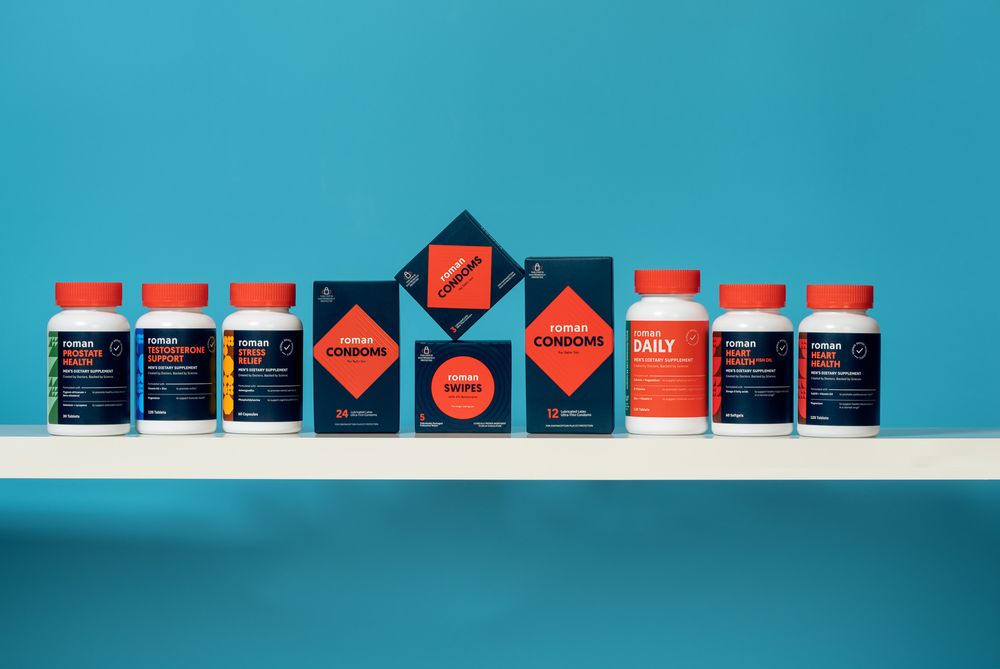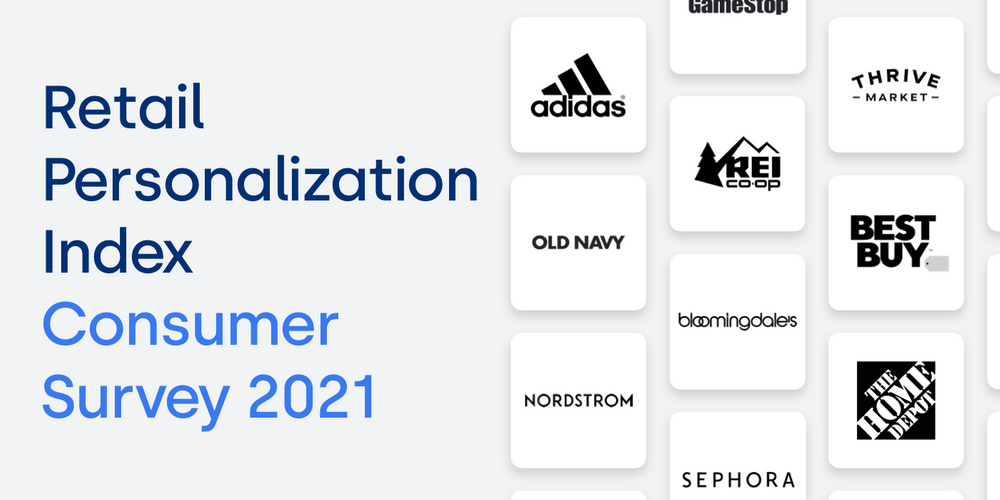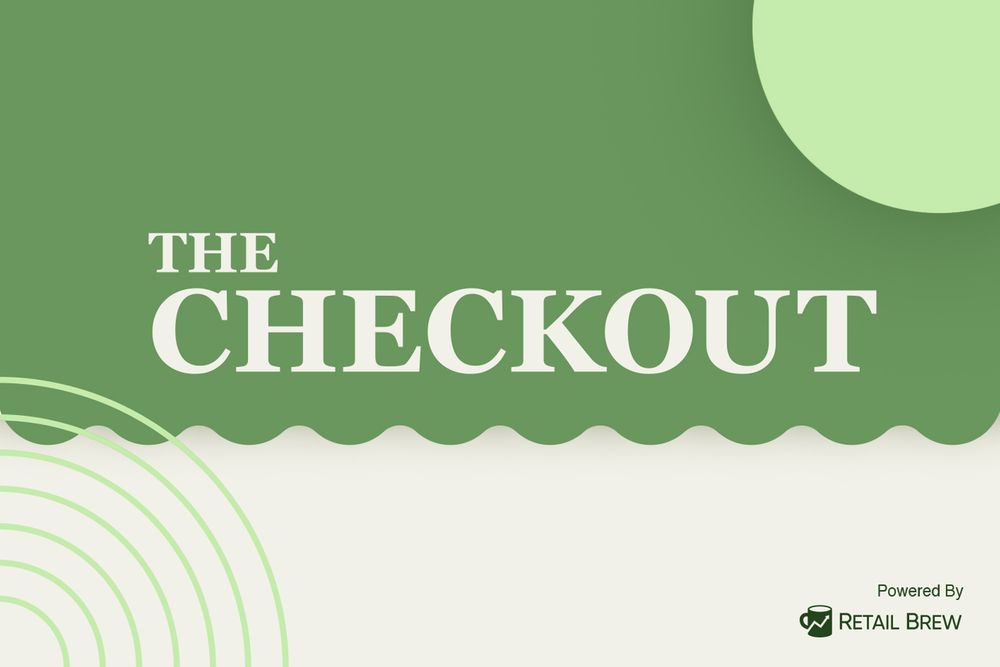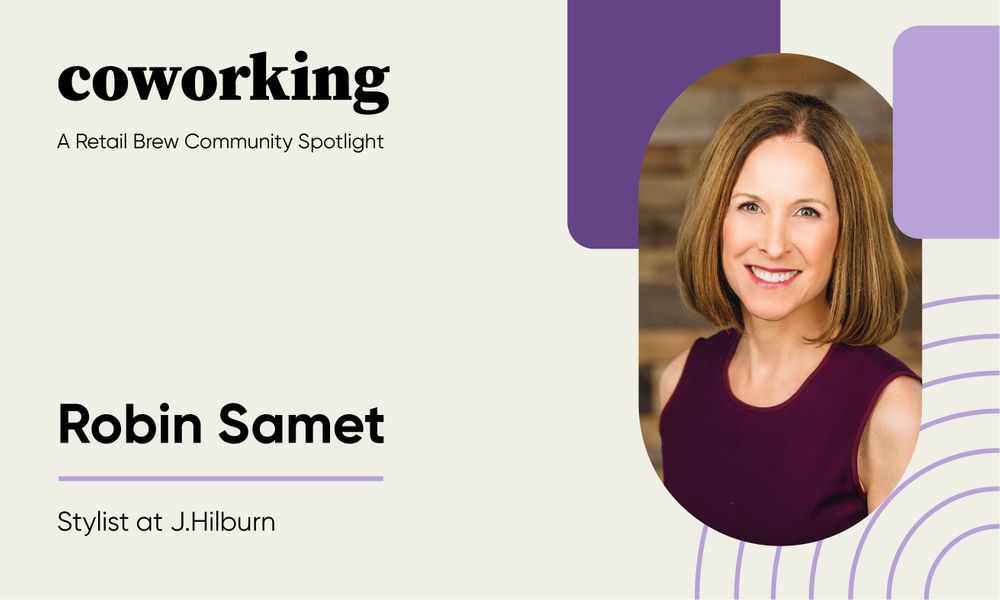|
Good afternoon. The calendar says we’re nearing the end of April; earnings szn says we’re still stuck in Croctober. After making a cameo on the Oscars red carpet Sunday, Crocs reported record sales for yet another quarter on Monday.
Crocs haters won't even get a breather on their beach vacations: Ahead of summer, the brand's gearing up for a sandals push.
In today’s edition:
- Are hats an asset class?
- Roman enters Walmart
- Panera’s new curbside tech
— Halie LeSavage, Katishi Maake
|
|

Francis Scialabba
|
Execs from Ames Watson—the owners of the largest US hat retailer, Lids—recently told Retail Brew hats could become the next sneakers in terms of fostering a niche, obsessive audience.
“They [consumers] know there's going to be new stuff next month. But they also know that the stuff this month is going to be limited,” Ames Watson cofounder Lawrence Berger said. “That drives people to start to view it a little bit like an asset class.”
A tall order: IbisWorld predicts the $17 billion US athletic shoe market will grow 3% this year. A pair of Kanye West’s Nikes just sold for a record-breaking $1.8 million. Meanwhile, the US hat market is worth just $2.5 billion and expected to fall 1.8% this year.
But Bollman Hat Company CEO Don Rongione also believes hats should be thought of as an asset class like sneakers. “It really should be valued like shoes,” he told Retail Brew. “If you’re buying a good quality shoe, you’re talking 150, 200 bucks. Hats should be considered along those lines.”
Head over heels
Over the last five years, hat sales benefited from increased disposable income among millennials, hat sellers' main customer demographic, IbisWorld Senior Analyst Claire O’Connor told Retail Brew. Covid-19 dramatically slowed that growth.
- Improved post-pandemic economic conditions could help spark a rebound, but the industry is only expected to grow at an annual rate of 0.2% over the next five years, O’Connor said.
But there are signs of promise for headwear. In NYC, New Era fitted cap sales skyrocketed to more than 900,000 units in 2020, a 257% year over year increase. That’s roughly $40.5 million to $58.5 million in sales, per Business of Fashion. And Bollman’s Q1 2021 sales increased 12.5% YoY after a 2020 decline of 12%, Rongione told us.
Fan favorite: Last year, Fanatics, one of the biggest sports apparel retailers, threw its...er...hat...in the ring and acquired Vetta Brand assets, including Top of the World, the biggest licensed collegiate headwear manufacturer, which makes hats for 600+ colleges.
Looking ahead: Despite the bright spots, O’Connor is less sure hats will undergo a sneaker-like ascension.
“In terms of [hats] becoming as big as sneakers, that’s a little more difficult, because everyone wears shoes, whereas not everyone wears hats, so by nature they’re a little bit more niche and have less mainstream demand,” she said. — KM
|
|

Courtesy of Ro
|
When picking digitally native brands for their shelves, wholesale retailers have recently found health is wealth. Lola, the period care brand, expanded its partnership with Walmart to reach 2,900+ stores last year. Across the strip mall, labels from Thinx (menstrual underwear) to Care/of (vitamins) have joined Target’s shelves in recent months.
Ro’s choice: Walmart. The DTC telehealth and pharmaceutical unicorn exclusively told Retail Brew it’s taking its men’s health and wellness products line, Roman, to 4,600+ Walmart stores beginning May 1. 4,600+ locations = roughly 97% of all US Walmart stores. FYI, Ro made $230 million last year, but isn’t yet profitable.
- George Koveos, COO at Ro, told Retail Brew 41% of Ro patients already shop at Walmart for personal care needs.
- “We see expanding into retail as an entry point to the Ro platform” for healthcare services, Koveos said.
Easy pills to swallow
Instead of sprinkling products across several aisles, Ro will cross-merchandise seven men’s sexual health products and vitamin supplements on one end cap. Koveos told us the layout ensures Walmart shoppers are intro’d to categories they may not have discovered online—and reduces stigma around products typically shipped home in unlabeled boxes.
Looking ahead...Walmart didn’t respond to our comment request, but its health and wellness sales are rising, alongside DTC pharma competition. We’ll keep an eye out to see if it’s courting additional brands in Ro’s category. — HL
|
|

|
We’re sending you into the future of retail. Spoiler alert: It’s not gonna look like last year. But you don’t need a fancy time machine or tarot cards to know what to expect as life begins to open back up.
You need Sailthru’s 2021 Retail Personalization Index Consumer Survey.
Sailthru surveyed 5,000 consumers in the US and UK about their shopping preferences and priorities to help you understand the new values and behaviors that are driving brand loyalty. You’ll learn:
- Why health and safety need to be a top priority in your customer experience
- How to better engage omnichannel shoppers and convert them into customers
- How to incorporate flexible, agile design frameworks into your personalization efforts
Be fully prepared for the future of retail and learn how to create valuable experiences online and in-store.
Download the guide today.
|
|

|
Before Covid, Panera was one of the best spots to overcome writer’s block, or for over-caffeinated high schoolers to cram for their AP chem test. Now, takeout and delivery are central to its biz: About half of Panera’s transactions are now digital.
Curbside pickup, which Panera introduced last May, is notably less personal than in-person dining. The chain is working with Adobe to fix that, by personalizing the dining experience via customer data.
- Among restaurants, Panera is an early adopter of curbside geofencing tech, which alerts the restaurant when a customer has arrived to pick up their order, Suketu Gandhi, digital transformation partner at Kearney, told Retail Brew.
- Adobe’s tech could help better predict customer and order volume and preferences, he said.
Adapt, overcome: Panera has 40 million loyalty members who order using a variety of different touchpoints, including the mobile app, email, and in-store kiosks.
- Speed, accuracy, and convenience are important to customers, George Hanson, SVP and chief digital officer at Panera Bread, told Retail Brew. Gandhi said the tech can provide those things if implemented correctly.
- “They would never ask for a geofence solution that auto-notifies the cafe,” Hanson said. “That’s our job, to interpret the macro themes that are important to our guests.”
Looking ahead...Hanson said as diners have returned to their local Paneras, curbside and online orders have remained steady. Panera plans to integrate new mobile capabilities into in-person dining as things open up. — KM
|
|

Francis Scialabba
|
Many businesses are addressing climate change, but sometimes "sustainability" initiatives are more talk than walk.
So on Thursday, May 6, at 1:30pm ET, we'll chat with two sustainability leaders about their definitions of green business practices, and which sustainability methods will shape the future of retail in a post-Covid world. Hear from...
- Saskia van Gendt, head of sustainability at Rothy’s
- Karla Gallardo, cofounder and CEO of Cuyana
By the end of our conversation, you'll know the real difference between doing good and greenwashing.
Ready to RSVP? Click here to register and share your questions with our panelists. We hope to see you there.
|
|
-
First look: Sephora at Kohl’s will host 125+ prestige beauty brands.
-
Shopify more than doubled its e-comm volume last quarter. We’ll have more details on Friday.
-
Gap is reportedly expanding into eyewear.
-
Foot traffic at US malls jumped 86% in March, per Placer.ai data.
-
Walmart is pushing ahead with in-home grocery delivery, Bloomberg reports.
|
|
SPONSORED BY BYZZER (POWERED BY NIELSENIQ)
|

|
Keep yourself on the shelf. Few places are as crowded as a store shelf. And for smaller, bootstrapped CPG brands, the shelf can be a constant source of anxiety (and even a money pit). Byzzer is here to help you pinpoint exactly what to do to sell more and keep you from being (ugh) delisted. Use their free CPG Category Analyzer to instantly discover how the top 100 CPG categories are performing—and which are at risk of losing shelf space.
|
|

Francis Scialabba
|
On Wednesdays, we wear pink spotlight Retail Brew's readers. Want to be featured in an upcoming edition? Click here to introduce yourself.
To all the boys who’ve worn those sweatpants before: J.Hilburn stylist Robin Samet is here to help you out of a wardrobe rut.
Tell us a little about your role. I help men who don't have time to shop but want to look and feel great. I work directly with my clients to design and style garments to fit all their wardrobe needs—work, social, and play—and help them adapt to the various hybrid fashion trends that have emerged over the past year.
What does a Covid-19 request from your clients look like? One of the more common styling requests is how to look professional and stylish on web calls without having to sacrifice the comfort that we’ve all grown accustomed to over this extended WFH period. The trend toward “micro-weddings” also spurred greater interest in made-to-measure suits versus formal wear.
One thing we can’t guess about your career from LinkedIn: I come from many generations of clothing manufacturers, tailors, and milliners, so after a long career in technology marketing, I guess it's only natural that I returned to my roots.
Favorite project you’ve worked on: How to most effectively leverage 20+ years of corporate contacts gained from B2B relationships into potential J.Hilburn leads (DTC sales) using my digital and old-fashioned marketing skills.
One emerging retail trend you’re watching: I'm very excited about the use of body scanning applications that allow retailers to capture customer measurements remotely. This will make our fitting process more accurate than it's ever been.
|
|
|
A roundup of today's top retail longreads.
Penny pinch: In this viral TikTok trend, users show off the cheapest items you can purchase from luxury brands like Gucci, Prada, and Chanel. (Glossy)
Workers’ rights: A new report from the Worker Rights Consortium has asked brands to compensate garment workers with severance pay. It’s estimated garment workers have lost out on $850 million in severance pay during the pandemic. (Forbes)
The stopped game: GameStop’s (operational) turnaround has been aggressively spearheaded by Chewy.com cofounder Ryan Cohen. Now it’s time to fix the company’s customer service. (Bloomberg)
|
|
|
Enjoying the newsletter? Share it with your network to take advantage of our rewards program.
When you reach 5 referrals, we'll send you this Retail Brew sticker sheet.

Hit the button below to learn more and access your rewards hub.
Click to ShareOr copy & paste your referral link to others:
morningbrew.com/retail/r/?kid=303a04a9
|
|
|
Catch up on the Retail Brew stories you may have missed.
|
|
|
Written by
Halie LeSavage and Katishi Maake
Was this email forwarded to you? Sign up here.
|
ADVERTISE // CAREERS // SHOP
Update your email preferences or unsubscribe here.
View our privacy policy here.
Copyright © 2021 Morning Brew. All rights reserved.
22 W 19th St, 8th Floor, New York, NY 10011
|
|











